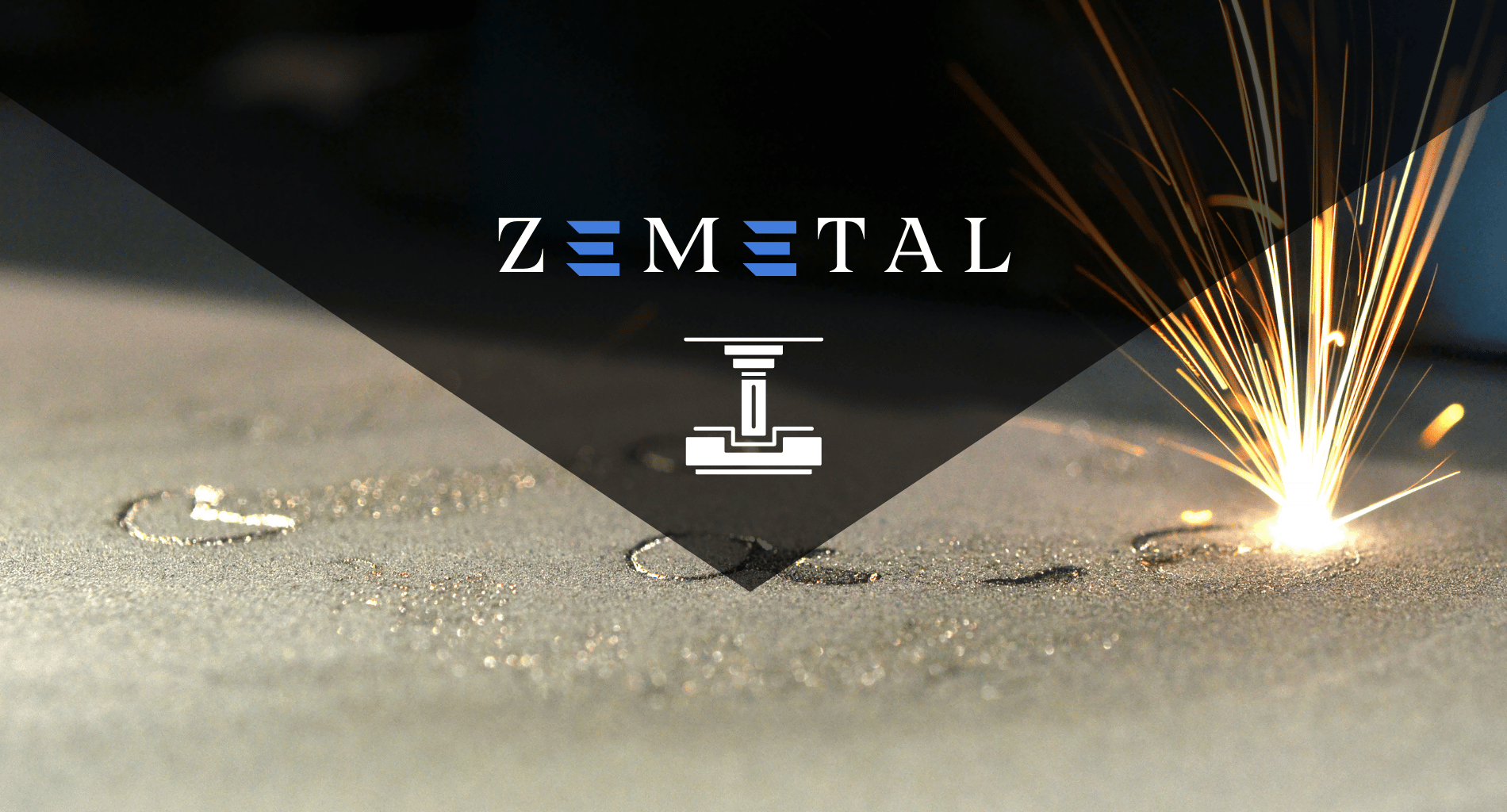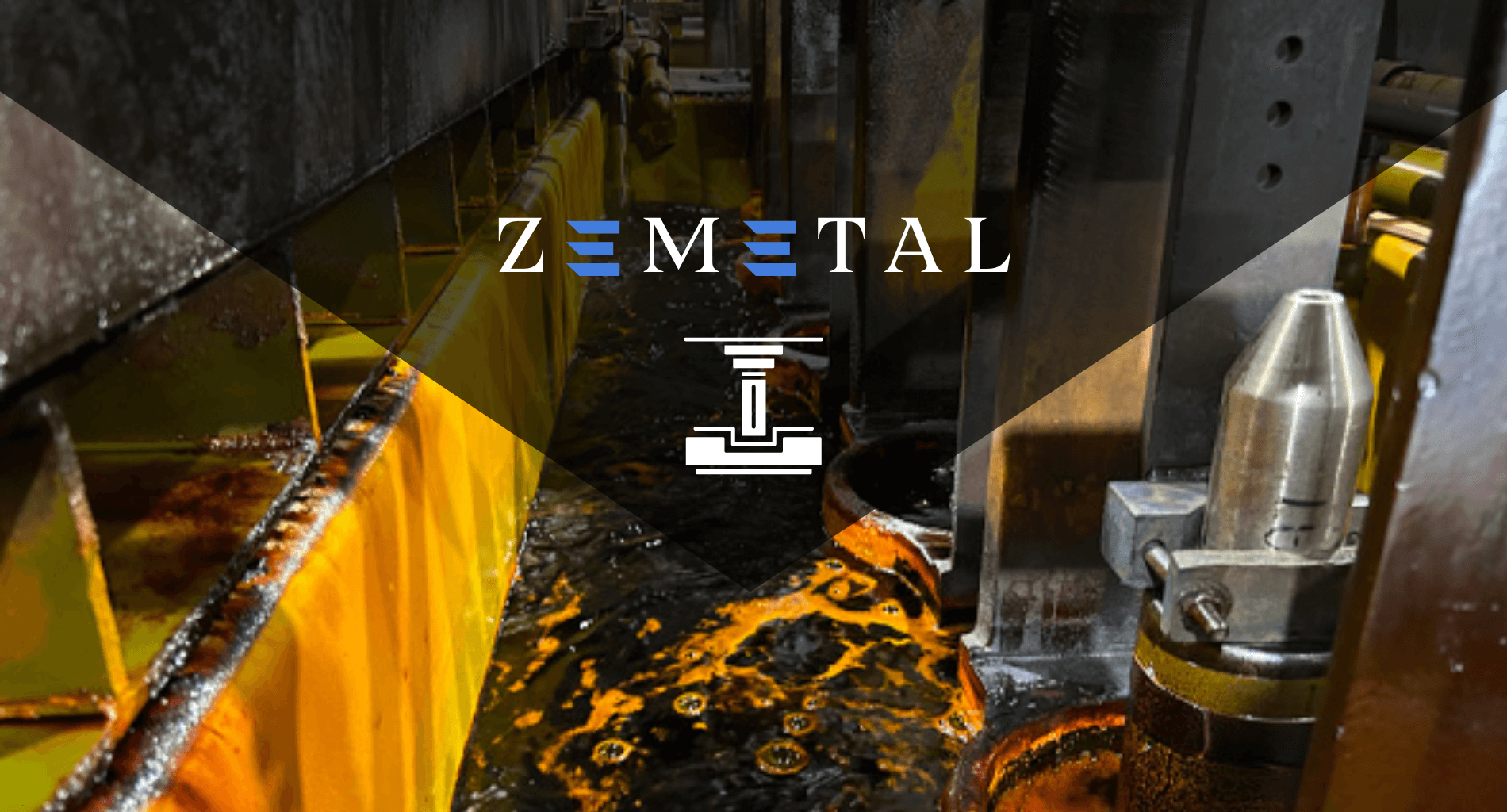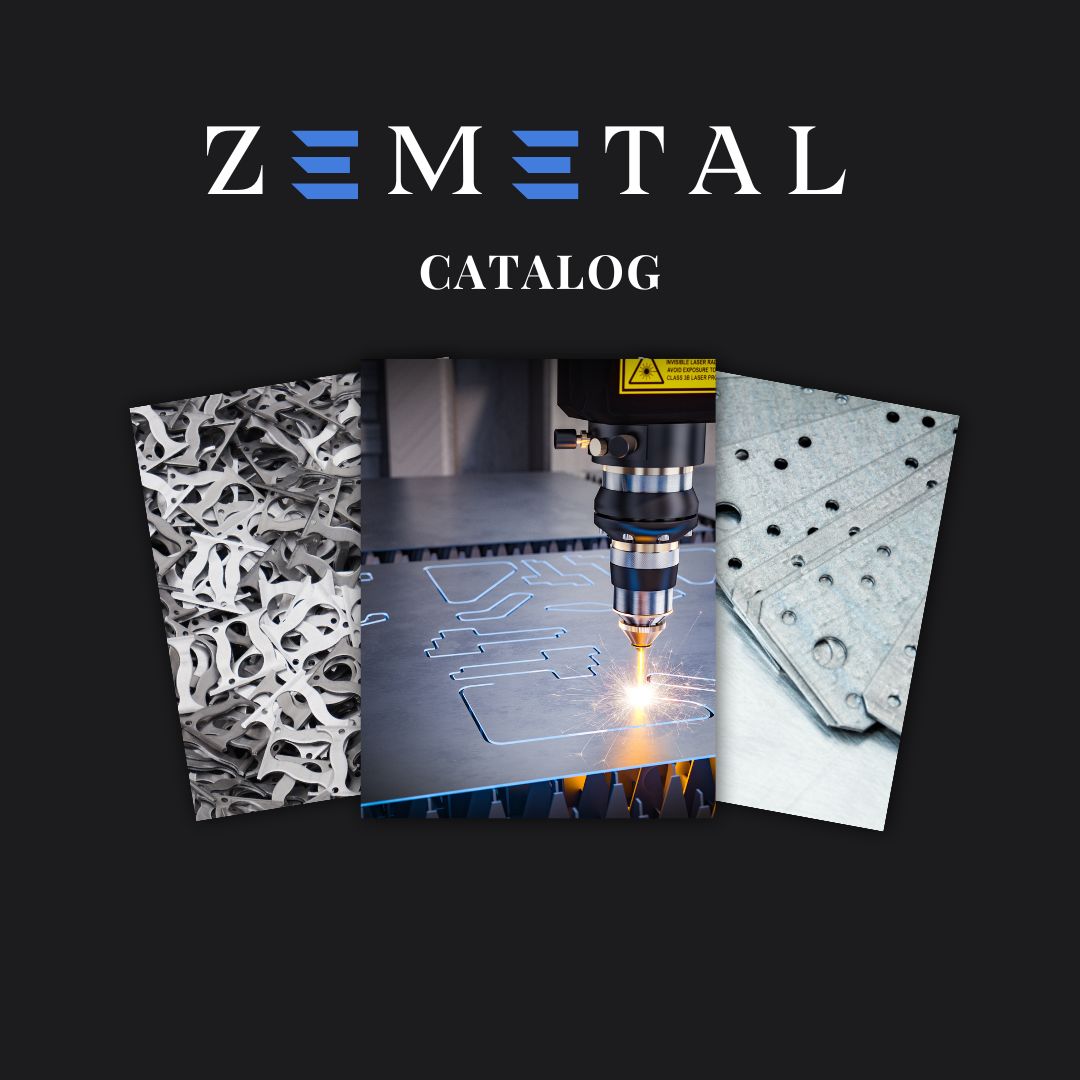Has anyone considered how advanced surface treatments can improve both the strength and look of industrial materials? These innovations are reshaping our approach to lasting durability and visual appeal in the industry.
With years of experience in the industry, my insights are rooted in hands-on expertise and a thorough understanding of advanced coating technologies.
Epoxy powder coating doesn’t just make things look good; it also provides a tough shield against wear and tear, making it ideal for items that need both style and durability.
In this ultimate guide, we will explore the numerous advantages and the wide range of applications that this coating process offers, especially in demanding industrial environments.
Read on to discover more.
1. The Science Behind Epoxy Powder Coating
Epoxy powder coating is a fascinating process that combines chemistry and technology to protect and enhance various materials. At its core, this method involves applying a dry powder, mainly made of strong epoxy resins and hardeners. This powder sticks to surfaces through an electrostatic charge, much like how a balloon sticks to a wall after you rub it against your hair.
Once the powder is applied, it’s heated in a big oven. I believe the heat transforms the powder into a smooth, durable coating that clings tightly to the surface. This creates a protective layer that is much tougher than ordinary paint, shielding the material from scratches, rust, and damage, while also giving it a nice, even finish.
The epoxy powder coating process stands out for its environmental friendliness. Unlike liquid coatings, it emits negligible volatile organic compounds (VOCs), making it a safer choice for both workers and the environment.
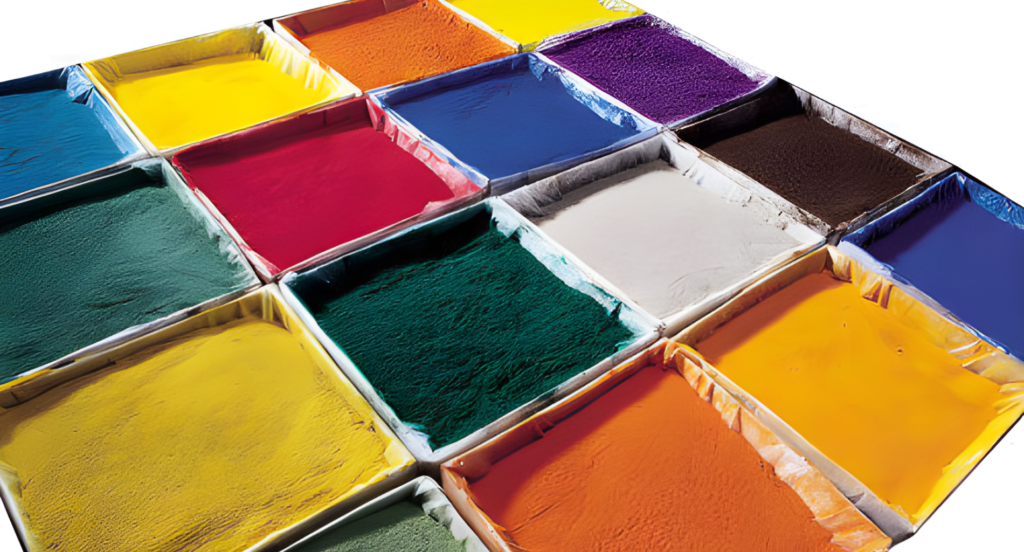
2. Key Advantages of Epoxy Powder Coating
Having explored the science behind epoxy powder coating, the benefits of it not only enhance product quality but also align with the operational goals of many businesses. Let’s now break down its key advantages:
- Exceptional Durability: Epoxy powder coatings create a hard finish, significantly more durable than traditional paints. For me, this resilience ensures long-lasting protection against scratches, chipping, and fading, even under strenuous conditions.
- Superior Corrosion Resistance: The coating acts as a formidable barrier against moisture, chemicals, and extreme weather conditions, drastically reducing the risk of corrosion and material degradation.
- Efficient Application: The electrostatic process allows for a quick, even application, with minimal wastage. This efficiency translates into faster turnaround times and cost savings in both material and labor.
- Aesthetic Flexibility: Available in a wide range of colors and finishes, these coatings offer considerable aesthetic versatility. This flexibility allows businesses to customize their products to specific design requirements or brand identities.
- Economic Viability: The longevity and low maintenance requirements of epoxy powder coatings make them a cost-effective solution over time. This economic viability is particularly beneficial for budget-conscious businesses seeking long-term value.
3. The Process of Powder Coating Application
After highlighting the key advantages of epoxy powder coating, let’s delve into the process of its application. Here are the essential steps that outline this procedure:
Step#1 Surface Preparation
The initial, crucial step is surface preparation. The object to be coated is thoroughly cleaned to remove any dirt, grease, or other contaminants. This cleaning often involves chemical treatments, such as phosphating or chromating in the case of metals, to enhance the adhesion of the powder. For example, a metal automotive part might undergo a detailed cleaning process to ensure the coating adheres properly and evenly.
Step#2 Applying Powder
The next step involves the actual application of the powder. Using an electrostatic spray gun, the powder is charged and sprayed onto the grounded object. The electrostatic charge causes the powder particles to be attracted to the metal surface, ensuring a uniform coating. In my experience, this method allows for precise control over the thickness of the coating and helps in achieving an even finish.
Step#3 Curing
Once the object is evenly coated, it’s moved into a curing oven. Here, the powder is exposed to high temperatures, typically around 200°C (392°F). This heat causes the powder to melt, flow, and then harden into a smooth, durable finish. The curing time varies depending on the type of epoxy powder used and the thickness of the application.
Step#4 Cooling and Quality Inspection
After curing, the coated object is allowed to cool down to room temperature. This cooling phase solidifies the coating, ensuring its strength and durability. Following cooling, a thorough quality inspection is conducted. This inspection checks for uniformity in coating thickness, color consistency, and surface finish, ensuring the coating meets all required specifications.
Step#5 Finishing Touches
The final step is any necessary finishing touches. This might include additional detailing or assembly of coated parts. In some cases, particularly for aesthetic purposes, additional coatings or treatments may be applied. For instance, a clear topcoat might be added to automotive parts for extra gloss and protection.
4. Advancements and Innovations in Epoxy Coatings
Transitioning from the detailed process of powder coating application, advancements, and innovations are continuously reshaping this industry. Let’s see how the field of epoxy coatings is evolving:
Eco-Friendly and Sustainable Solutions
Innovations in this area include the development of low-VOC and VOC-free formulations that reduce harmful emissions during the application process. Paints containing less than 0.3% VOCs can decrease the VOC emission rate considerably compared to paints classified as less than 1% VOCs according to SpringerLink. Zemetal is embracing these sustainable solutions, recognizing their importance in protecting the environment.
Smart Coatings Technology
The integration of smart technology into epoxy coatings represents a groundbreaking innovation. These smart coatings can change their properties in response to environmental stimuli, such as temperature or light. For example, some advanced coatings can self-heal minor scratches or damage, extending the coating’s life and maintaining its aesthetic appeal without additional intervention.
Customization and Aesthetic Enhancements
The world of epoxy coatings has also expanded in terms of customization and aesthetic enhancements. Advances in pigmentation and texturing techniques allow for a broader range of color choices and surface finishes. This variety enables more customization options for clients, catering to specific design preferences and branding requirements.
5. Industries Benefiting from Epoxy Powder Coating
As we’ve explored the advancements and innovations in epoxy coatings, it becomes evident how these developments are benefiting various industries. Here’s the breakdown of industries benefiting from it:
Automotive Industry
The automotive sector heavily relies on epoxy powder coatings for both functional and aesthetic purposes. These coatings are used on a myriad of parts, including frames, wheels, and under-the-hood components. They provide exceptional corrosion resistance, and durability against wear and tear, and can be customized to match specific color requirements.
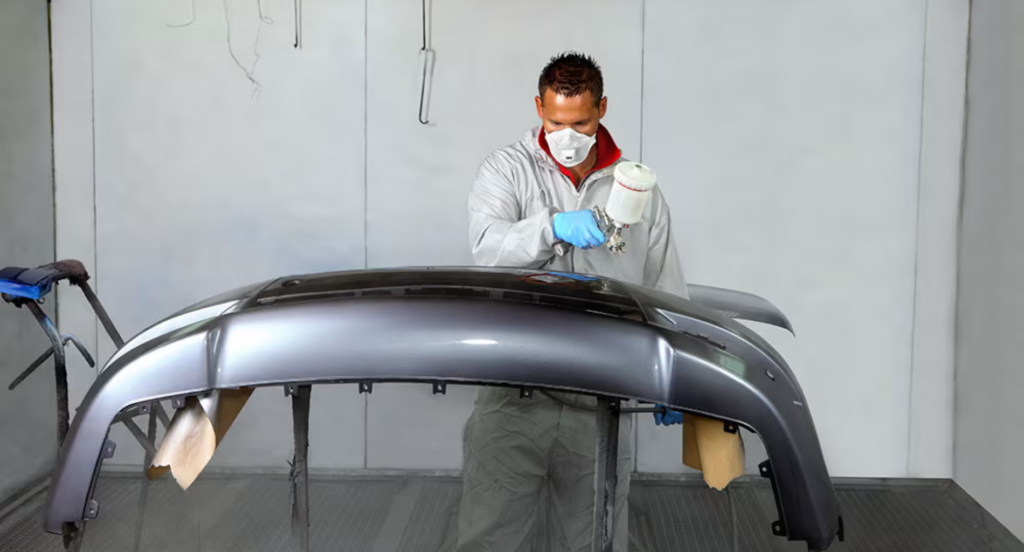
Aerospace Industry
In the aerospace industry, where precision and durability are paramount, epoxy powder coatings are invaluable. They are used to coat aircraft components, protecting them from extreme environmental conditions and chemical exposures. The coating’s ability to withstand high temperatures and resist corrosion makes it ideal for aircraft parts, which are subject to careful operational demands.
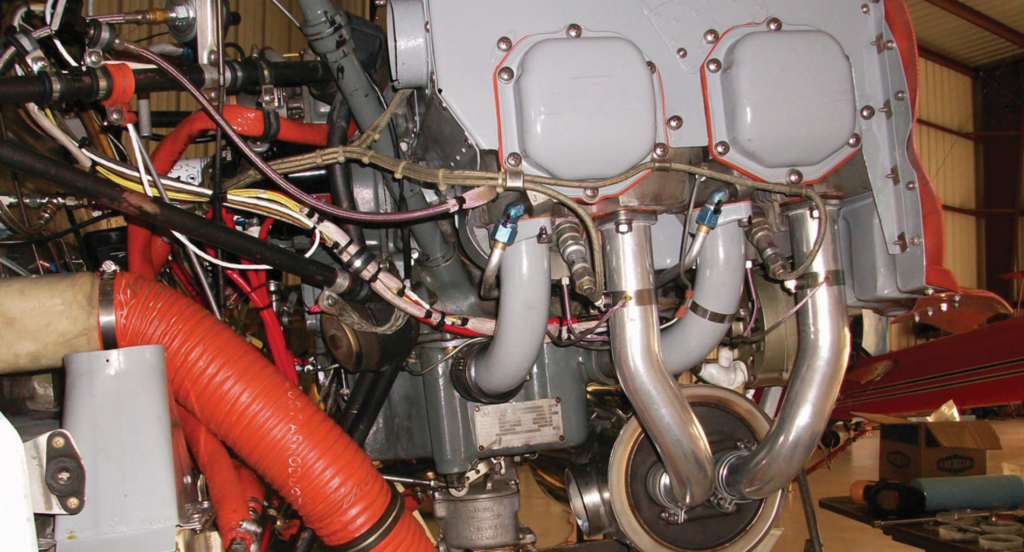
Consumer Electronics
Epoxy powder coatings are increasingly used in the consumer electronics industry, particularly for coating the casings of devices. This not only enhances the durability and resistance to scratching and chipping, but also allows for a wide range of aesthetic finishes. From smartphones to laptops, these coatings provide a high-quality, durable finish that can withstand daily use.
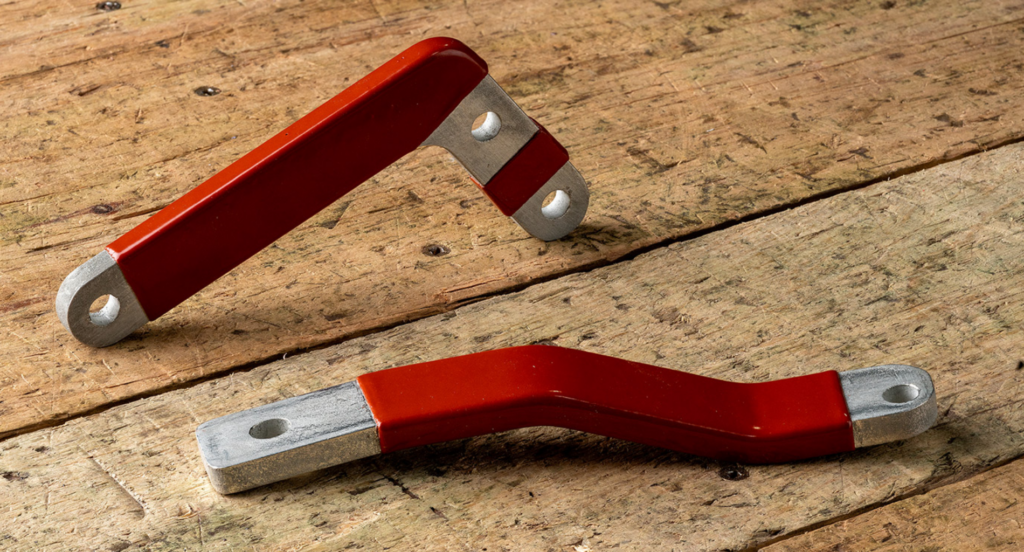
Industrial Machinery
In the world of industrial machinery, epoxy powder coatings are applied to protect equipment from harsh working environments. These coatings safeguard against moisture, chemicals, and mechanical wear, thereby prolonging the lifespan of machinery. This protection is crucial in maintaining the efficiency and reliability of industrial equipment.
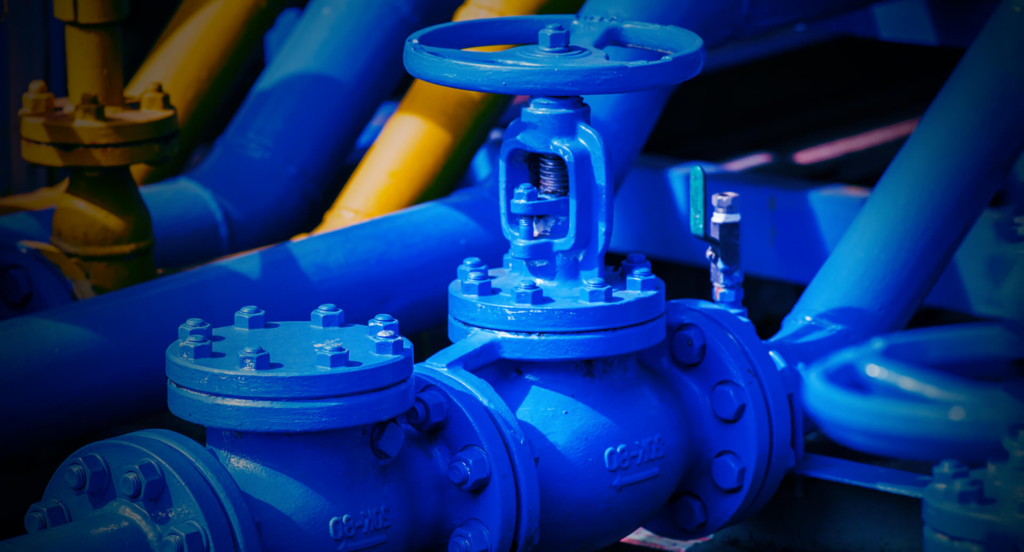
Architectural Applications
The architectural sector utilizes epoxy powder coatings for both interior and exterior applications. These coatings are applied to structural steel, aluminum panels, and other architectural elements. I believe they offer enhanced durability, UV resistance, and an expansive palette of colors and finishes, which are critical for both the aesthetic and functional requirements of modern architecture.
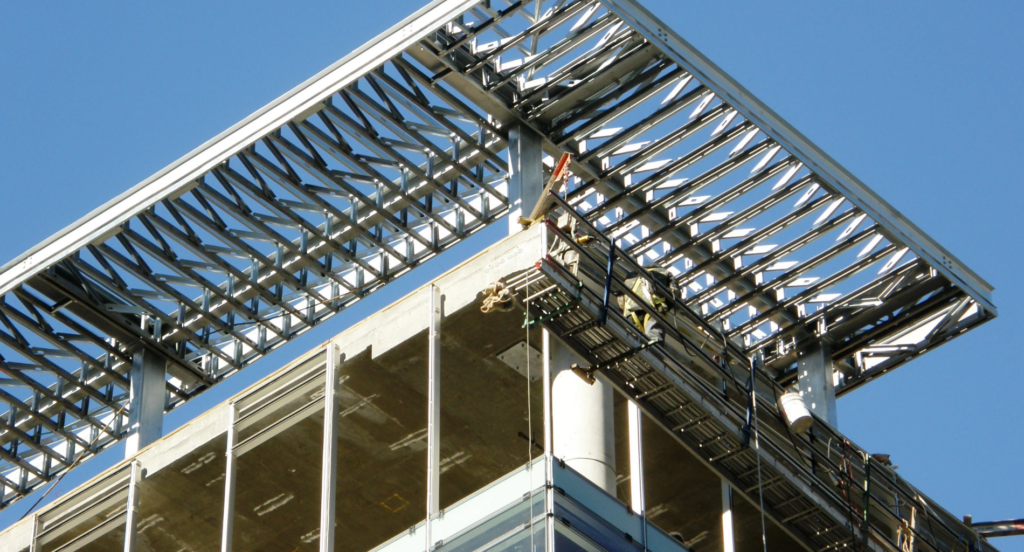
6. Epoxy Powder Coating vs. Other Metal Coatings
Building on the discussion of industries benefiting from epoxy powder coating, it’s important to understand how this method compares to other metal coatings. Here are some key comparisons to know:
Epoxy Powder Coating vs. Paints
Paints, a traditional method of coating metals, offer a wide range of colors and are relatively easy to apply. However, it falls short in durability compared to epoxy powder coating. Epoxy coatings provide a thicker, more uniform layer that is more resistant to chipping, fading, and wear. Additionally, liquid paints often contain VOCs, whereas epoxy powder coatings are more environmentally friendly.
Epoxy Powder Coating vs. Galvanizing
Galvanizing, particularly hot-dip galvanizing, is a process where metal is coated with a layer of zinc to prevent rusting. While galvanizing is effective for corrosion resistance, it lacks the aesthetic versatility of epoxy powder coatings. Epoxy coatings offer a wider range of colors and finishes and adhere more uniformly to complex shapes. Zemetal’s providing options that combine aesthetic appeal with functional durability is essential.
This table compares Epoxy Powder Coating and Galvanizing, highlighting their respective strengths and applications, with a focus on Zemetal’s approach to combining aesthetics and durability.
| Feature/Aspect | Epoxy Powder Coating | Galvanizing |
| Corrosion Resistance | Offers robust protection against rust and corrosion | Excellent resistance, especially in harsh environments |
| Aesthetic Flexibility | Wide range of colors and finishes available | Limited to metallic zinc appearance |
| Application Uniformity | Adheres evenly to complex shapes | May have uneven coverage on intricate parts |
| Durability | High durability, less prone to chipping | Long-lasting protection, but can corrode over time |
| Environmental Impact | Generally more eco-friendly, low VOC emissions | Involves heavy metals, potential environmental concerns |
Epoxy Powder Coating vs. Anodizing
Anodizing is used primarily for aluminum and involves enhancing the metal’s natural oxide layer. This process increases corrosion and wear resistance but offers limited color options and is generally more suited for aluminum. Epoxy powder coating, on the other hand, can be used on a variety of metals and provides both a protective and decorative finish.
Epoxy Powder Coating vs. Plating
Metal plating, including chrome or nickel plating, involves applying a metal layer onto a substrate. While plating offers a high-gloss finish and good corrosion resistance, it can be more expensive and environmentally hazardous due to the chemicals used in the process. Epoxy powder coatings are more environmentally sustainable and provide a thicker, more durable coating, which is especially beneficial for heavy-use items.
7. Myths and Misconceptions About Epoxy Coatings
Reflecting on the comparative analysis of epoxy powder coating and other metal coatings, it’s time to address some common myths and misconceptions about epoxy coatings. Here are some of the most prevalent ones:
- Epoxy Coatings are Too Expensive: While the initial cost may be higher than some traditional coatings, epoxy coatings are more cost-effective in the long run, such as in epoxy flooring costs. Their durability and low maintenance requirements reduce the need for frequent reapplications, ultimately saving money.
- Epoxy is Only for Industrial Use: While epoxy coatings are popular in industrial settings, their application is not limited to this sector. They are also used in consumer products, automotive, and even in architectural applications due to their versatility and durability.
- Limited Color and Finish Options: Contrary to this belief, modern epoxy coatings come in a wide range of colors and finishes. This flexibility allows for significant customization to meet specific aesthetic requirements.
- Epoxy Coatings are Harmful to the Environment: Modern epoxy coatings are formulated to be environmentally friendly. They typically emit very low or no VOCs, making them a safer choice compared to many traditional coatings.
- Application Process is Too Complex: While the application process requires specific steps, it is not excessively complicated. Advances in application technology have made the process more efficient and accessible to a variety of users.
8. 3 Tips for Choosing the Right Epoxy Coating for Your Needs
Dispelling myths and misconceptions about epoxy coatings leads us to the practical aspect of choosing the right epoxy coating for specific needs. See the following tips to guide you through this selection process:
#1 Evaluate the Substrate Material
Different epoxy coatings adhere better to certain materials. It’s essential to select a coating that is compatible with the substrate, whether it’s metal, concrete, or plastic. For instance, coatings designed for metal may not adhere well to plastic surfaces. Personally, understanding the substrate’s properties helps in selecting a coating that will provide the best adhesion and protection.
#2 Assess Color and Finish Requirements
Epoxy coatings offer a wide range of colors and finishes, from matte to high gloss. When choosing a coating, consider the aesthetic requirements of the project. Whether you need a specific color match for branding purposes or a particular finish for aesthetic appeal, there’s likely an epoxy coating that meets your needs. Some coatings offer added textures, which can be useful for slip-resistant surfaces or to add a visual element.
#3 Determine Performance Needs
Consider the functional requirements of the coating. If the coated item will be subject to heavy wear, choose a high-durability coating. For items that may be exposed to corrosive substances, opt for a coating with excellent epoxy chemical resistance. Also, consider the coating’s thickness and flexibility – thicker coatings offer more protection but may be less flexible.
Conclusion
To wrap this up, this comprehensive guide sheds light on the versatility and benefits of epoxy powder coatings, providing valuable insights for those in the industry. This knowledge empowers businesses to make informed decisions, enhancing both the quality and durability of their products.
For expert guidance and high-quality epoxy coating services, consider Zemetal as your go-to provider. Our expertise caters to a wide range of industrial needs. To know more, don’t hesitate to contact us today.
Dive Deeper Into Our Resources
Looking for more diverse service options? Browse through our handpicked selections:
Still haven’t found what you’re looking for? Don’t hesitate to contact us. We’re available around the clock to assist you.


